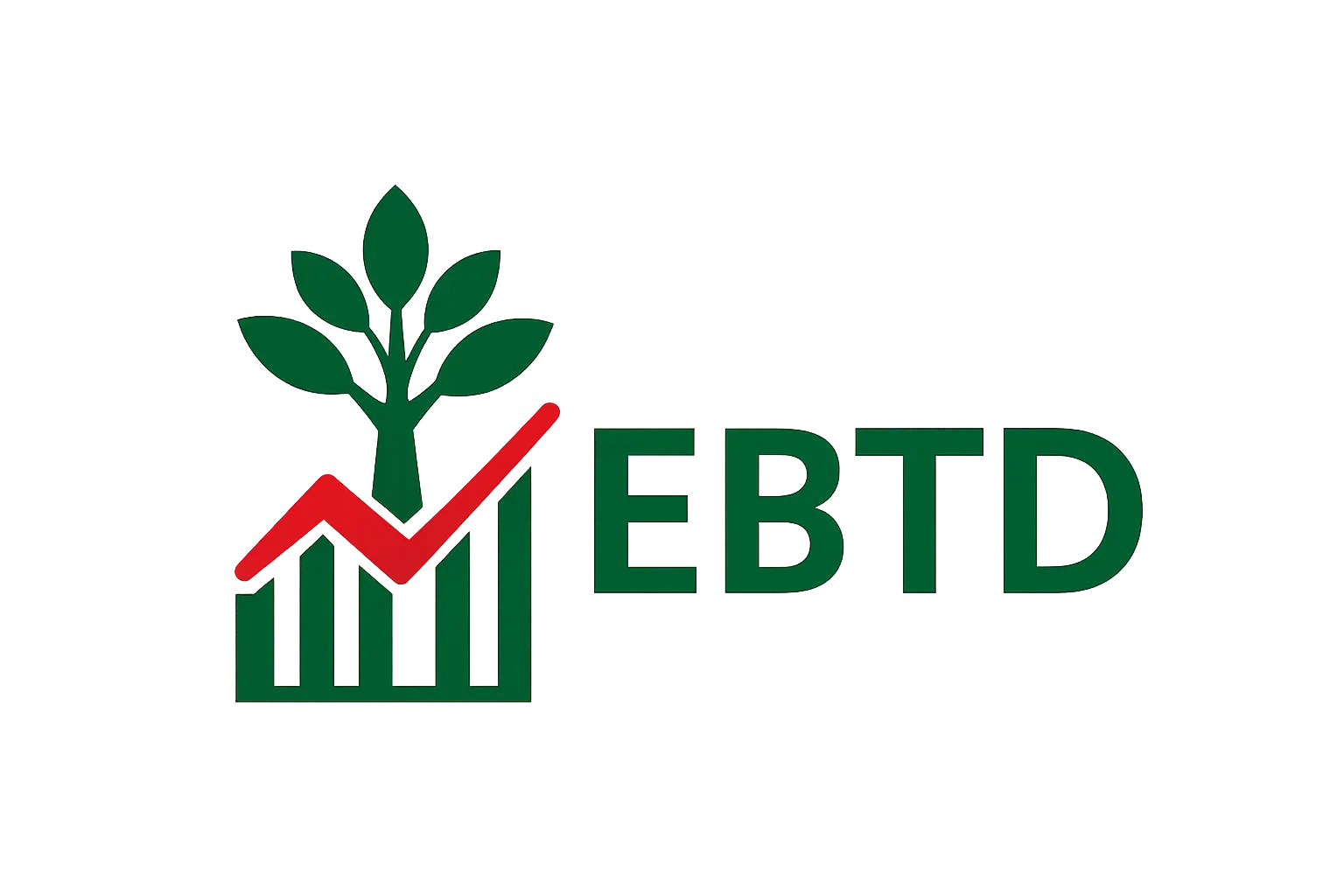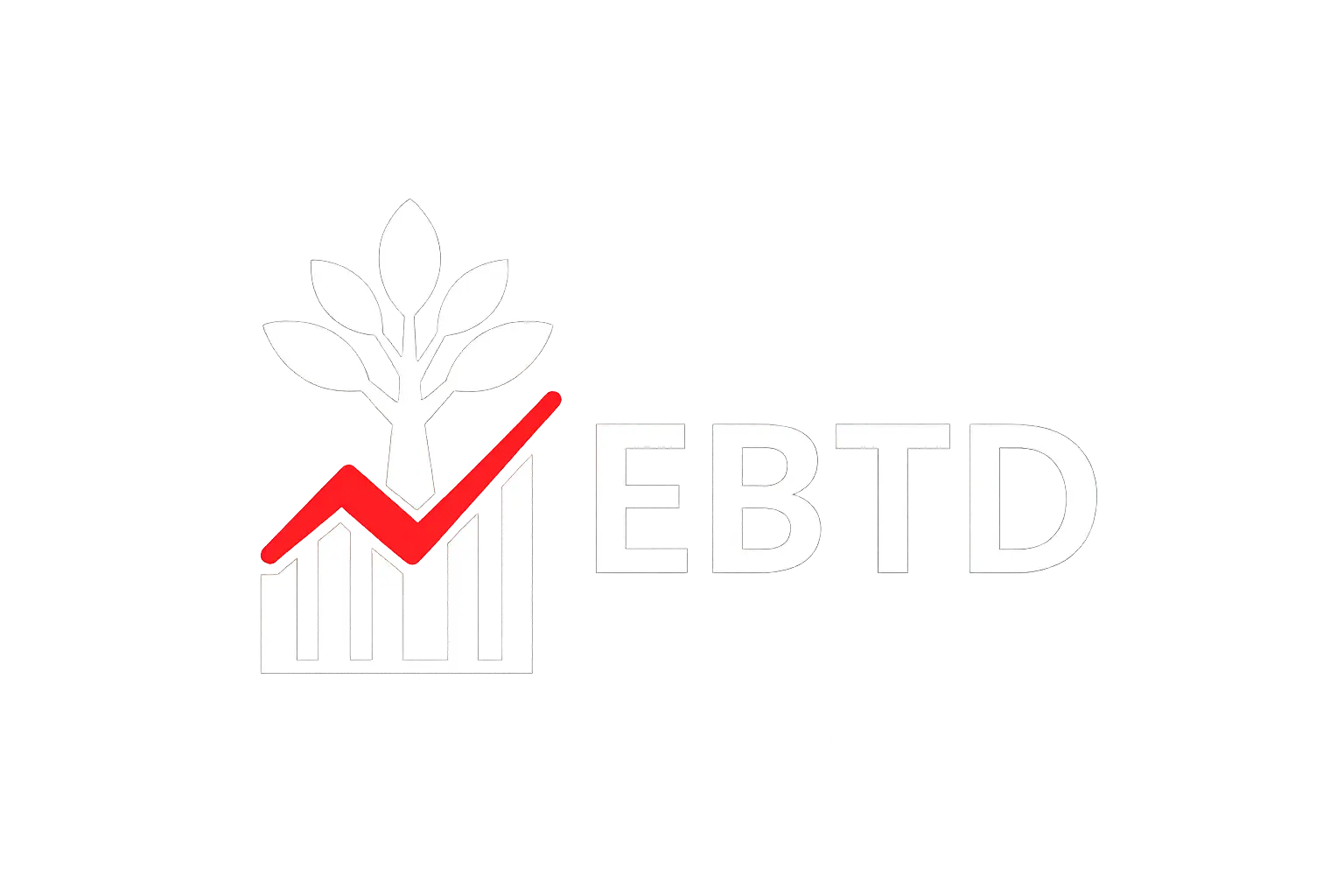Why Students Forget What They “Knew” Yesterday: The Hidden Difference Between Performance and Learning
Monday’s lesson is perfect, the exit tickets look great — and by Thursday it’s gone. The problem isn’t you. It’s that we keep mistaking performance (what looks good now) for learning (what sticks later). This explainer links Robert Bjork’s research to practical moves and to EBTD’s Guide to Memory.
You know the moment. You teach it clearly, model the steps, check for understanding. Nods all round, a crisp mini-quiz, and you leave thinking, they’ve got it.
Fast-forward a few days: hesitant faces, half-remembered steps, and the topic has apparently evaporated. Did the class forget? Or were we measuring the wrong thing?
“Current performance is a poor index of long-term learning.” — Robert A. Bjork (UCLA)
The Trap: When “Looking Good Now” Isn’t Learning
What we observe in the moment — quick answers, fluent rehearsal, neat worked examples — is performance. What we need for exams and life is learning — durable, flexible memory that survives time and context changes.
Think of using a navigation app. You can follow the blue line perfectly today (great performance) and still be lost next week without it (weak learning). Classrooms are full of “blue-line” success that doesn’t transfer.
Desirable Difficulties: Making It Hard (On Purpose) To Make It Stick
Bjork’s research shows that conditions which feel harder now often produce better retention later. These are the “desirable difficulties.”
| Feels easy → boosts performance now | Feels effortful → boosts learning later |
|---|---|
| Re-reading notes and worked examples | Retrieval practice (try to recall before seeing the answer) |
| Massed practice (“drill until perfect” in one block) | Spacing (revisit over days and weeks) |
| One context, one problem type | Interleaving & variation (mix families; vary examples) |
| Highly guided steps every time | Reduced cues (fewer prompts, more decision-making) |
Practical classroom illustrations are in Designing Lessons for Durable Memory.
Try This Tomorrow
- Start with retrieval. Two or three short questions from last lesson and last month before new teaching.
- Space deliberately. Plan reappearance: build last unit’s ideas into this week’s starter. See Memory, Curriculum & Assessment Alignment.
- Interleave. Mix problem types so students decide the method, not just execute it.
- Test to teach. Use low-stakes quizzes to strengthen memory, not just to grade it.
- Reframe success. Tell students that slower, effortful recall is a sign of learning, not failure.
Why This Matters in Bangladesh
Schools are often judged by short-term results. But grades alone can hide whether students remember or transfer knowledge. Our perspective in Measuring Student Progress in Bangladesh: Beyond Exam Results argues for tracking retention and progress, not just outcomes.
From Parrots to Thinkers: A Classroom Story
A science teacher in Chattogram noticed students could echo procedures but lost them by assessment time. She built a weekly routine: three retrieval questions from last week, last month, and last term. Performance dipped initially; retention improved dramatically. That short-term struggle was the cost of long-term learning.
The Takeaway
Performance is the show; learning is the slow. When we favour effortful retrieval, spacing, and variation, we trade momentary smoothness for durable memory. The blank faces on Thursday are not proof of failure; they are feedback to design for memory, not just for the moment.
Further Reading
- EBTD Guide to Memory (series hub)
- Bjork, R. A. & Bjork, E. L. (2011). Making Things Hard on Yourself, But in a Good Way.
- Soderstrom, N. & Bjork, R. (2015). Learning versus performance: An integrative review.
- Desirable Difficulties (The Learner Lab)
Find this useful? Join the EBTD newsletter for monthly, research-backed tips, free classroom tools, and updates on our training in Bangladesh—no spam, just what helps. Sign up to the newsletter and please share this blog with colleagues or on your social channels so more teachers can benefit. Together we can improve outcomes and change lives.





